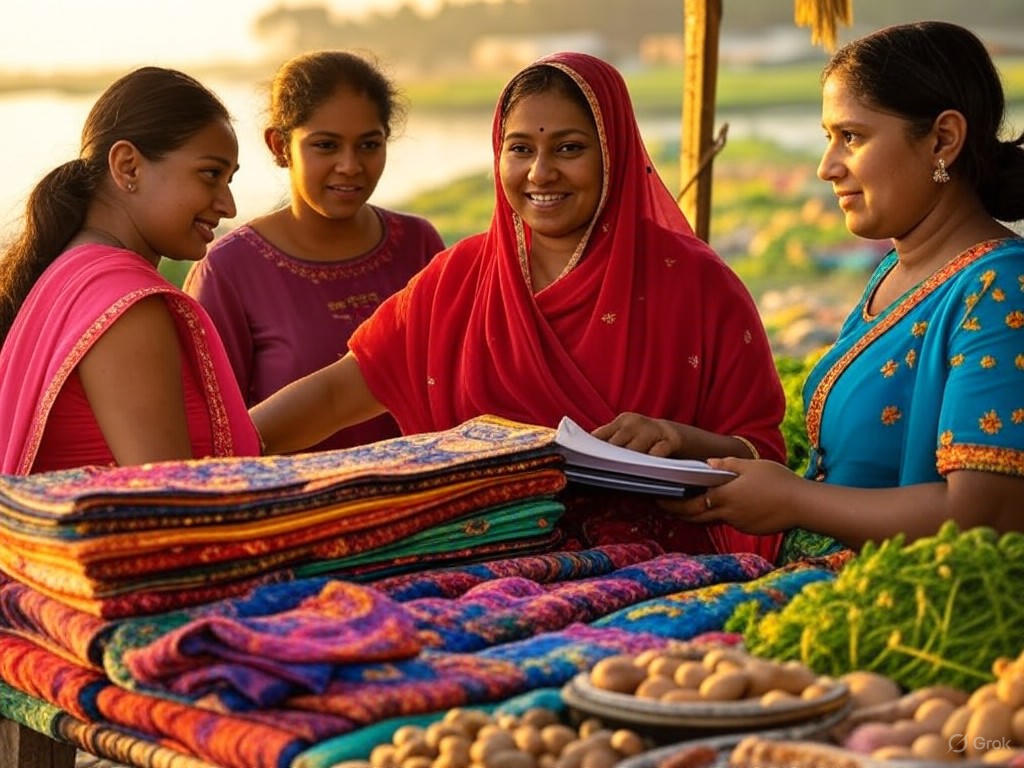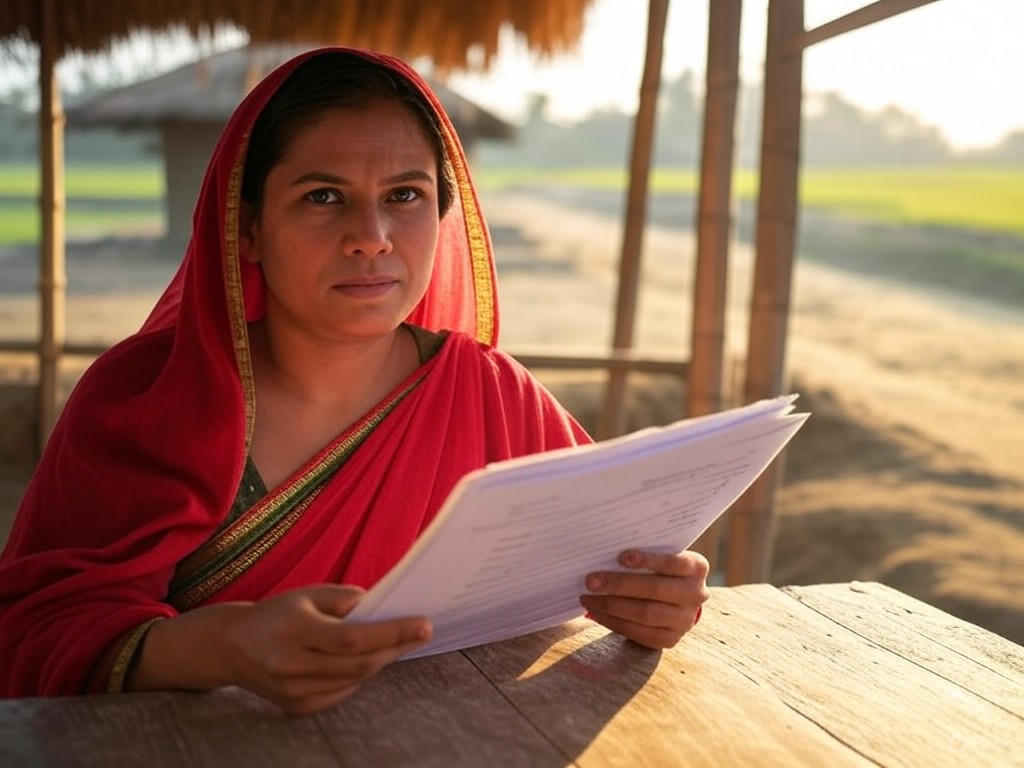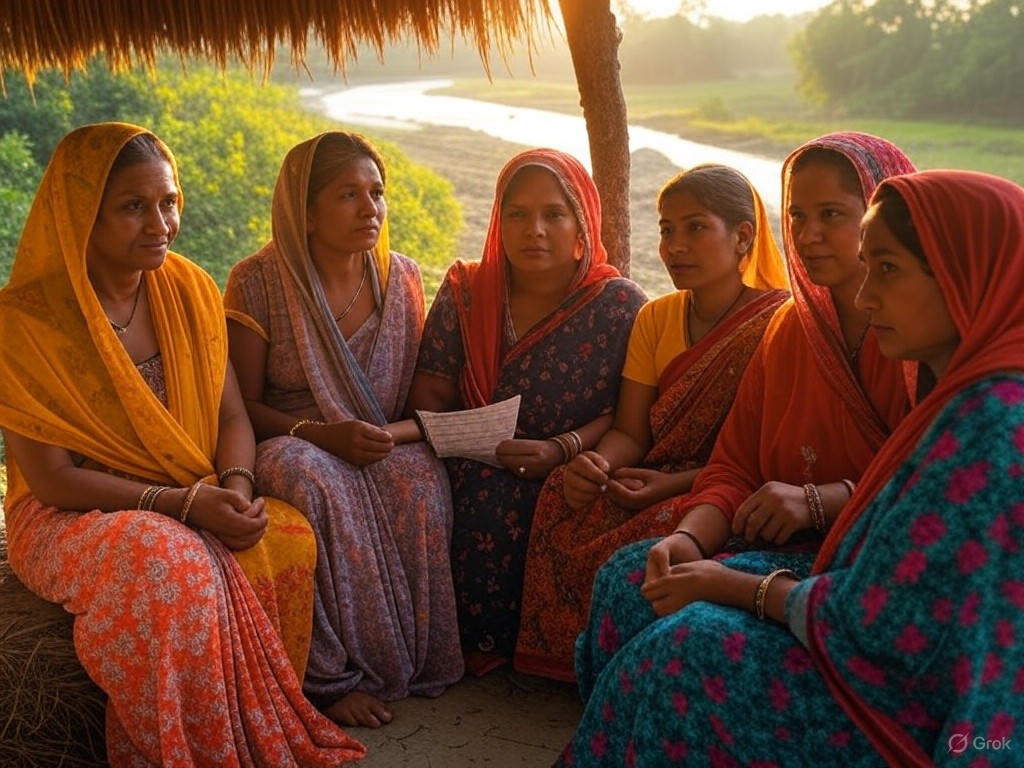Microloans in Bangladesh: Women’s Empowerment
In the bustling villages of Bangladesh, where the rhythms of daily life are tied to the rhythms of the river, ordinary women are quietly reshaping their futures through the power of microloans. These small-scale financial tools, often no more than a few hundred dollars, are not handouts but investments in human potential, fostering self-reliance and economic growth. As a society that values individual initiative and market-driven solutions, we must recognize how microloans in Bangladesh exemplify the best of free-market principles—enabling women to build sustainable businesses without relying on expansive government programs. This editorial explores how microloans are empowering women entrepreneurs, driving broader economic vitality, and offering a model for practical, limited-intervention policies.
The Foundations of Microloans: A Narrative of Self-Reliance
Microloans, small loans extended to underserved entrepreneurs, have their roots in Bangladesh's Grameen Bank, founded in 1983 by economist Muhammad Yunus. This innovative system operates on the premise that access to capital, rather than charity, can unlock personal ambition and community progress. Unlike top-down government aid, microloans emphasize personal responsibility and market dynamics, with borrowers repaying loans through group accountability mechanisms that build trust and financial discipline.
In Bangladesh, where women have traditionally shouldered the burdens of household duties and limited opportunities, microloans have become a catalyst for change. Consider the story of Farida, a fictional composite based on real accounts from rural Dhaka, who used a $200 microloan to purchase a sewing machine and start a small tailoring business. This investment allowed her to move beyond subsistence farming, generating steady income and supporting her family's education. Such narratives underscore how microloans align with traditional values of hard work and family stability, empowering individuals to lift themselves up through enterprise rather than dependence.
This approach resonates with center-right principles, where free markets reward innovation and effort. As The Wall Street Journal notes, microfinance institutions like Grameen have achieved repayment rates exceeding 95%, demonstrating that private-sector lending can thrive without heavy regulatory burdens. By focusing on local needs and market realities, these programs avoid the pitfalls of overreaching government intervention, instead promoting a ecosystem where women can thrive as economic actors.

Women in a Dhaka marketplace display their handcrafted textiles, illustrating the entrepreneurial spirit fueled by microloan access.
Analyzing the Impact: Women, Empowerment, and Economic Growth
The true measure of microloans lies in their transformative effects on women in Bangladesh, where they address core economic challenges while upholding the dignity of work. Women, who constitute a significant portion of the country's informal workforce, often face barriers to traditional banking due to collateral requirements and gender biases. Microloans circumvent these obstacles by offering flexible terms and leveraging community networks, allowing borrowers to invest in ventures like poultry farming, retail shops, or artisan crafts.
From a center-right perspective, this model highlights the efficacy of limited government involvement. Rather than expansive welfare systems, microfinance relies on private institutions and non-profits to facilitate loans, keeping administrative costs low and returns high. In Bangladesh, this has led to measurable gains in the economy. According to data from the World Bank, microloans have contributed to a 20% reduction in poverty rates among female-led households since the 2000s, as women reinvest earnings into education and health World Bank Microfinance Report.
Yet, the empowerment extends beyond finances. Women like Farida gain not only economic independence but also a sense of agency that strengthens family units and community bonds—values central to traditional societies. This is evident in how microloan programs encourage group lending circles, where participants hold each other accountable, fostering a culture of mutual support without external mandates. As The Economist reports, these circles have helped women in Bangladesh increase their household decision-making power by 30%, correlating with better outcomes in child nutrition and education.
However, a balanced view requires acknowledging challenges. Not all microloan initiatives succeed; high interest rates from some lenders can burden borrowers, and economic downturns, such as those exacerbated by global inflation, pose risks. Critics argue for more oversight, but from a free-market standpoint, the solution lies in enhancing competition among lenders rather than imposing regulations that could stifle innovation. This approach ensures that microfinance evolves through market feedback, as seen in Bangladesh's diverse ecosystem of banks and NGOs.

A determined entrepreneur in rural Bangladesh examines her microloan agreement, symbolizing the pathway to financial autonomy.
Evidence from the Field: Data and Real-World Outcomes
Empirical evidence underscores the role of microloans in Bangladesh's economy, particularly for women. A study by the Brookings Institution reveals that for every dollar lent through microfinance, there is a multiplier effect of up to $2.50 in local economic activity, driven by women's spending on essentials like education and healthcare Brookings Institution Microfinance Study. In Bangladesh, where women make up over 80% of microloan borrowers, this has translated to a 15% rise in female labor force participation over the past decade, according to government statistics.
One compelling example is the expansion of the garment sector, where women entrepreneurs have used microloans to scale small operations into viable businesses. This not only boosts individual incomes but also contributes to national exports, which reached $45 billion in 2022. Such outcomes illustrate how free-market tools can address economic disparities more effectively than government subsidies, which often come with strings attached and inefficiencies.
Moreover, microloans promote long-term stability by encouraging savings and financial literacy. Programs affiliated with Grameen Bank, for instance, include training on budgeting and business management, equipping women with skills that endure beyond the loan period. As CGAP (Consultative Group to Assist the Poor) details, participants in these programs report a 25% increase in household savings rates, reinforcing the idea that empowerment stems from personal capability rather than external aid.
A Path Forward: Practical Solutions for Sustained Growth
In conclusion, microloans in Bangladesh represent a beacon of hope for women entrepreneurs, demonstrating how free-market mechanisms can foster empowerment and economic progress with minimal government interference. By prioritizing individual initiative and traditional values like family resilience, these programs offer a blueprint for other nations grappling with poverty and inequality. Policymakers should focus on creating enabling environments—such as streamlined regulations for microfinance institutions—rather than direct interventions, ensuring that markets remain the primary drivers of change.
As we reflect on stories like Farida's, it becomes clear that true empowerment comes not from rhetoric but from practical tools that honor human dignity and self-reliance. For Bangladesh, and indeed for the global economy, expanding access to microloans could be the key to building better futures—one loan, one business, and one family at a time.

